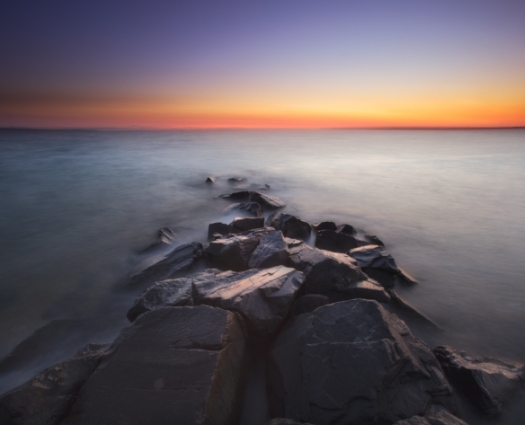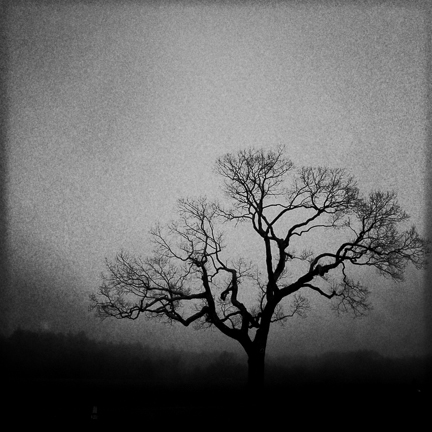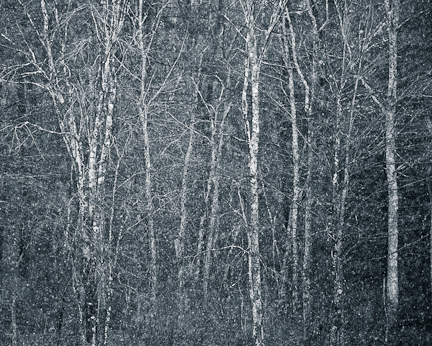
To follow up on my previous post I thought that I’d share some of the things that I’d done to improve my photography and hopefully they may be useful to you. At the time I did all of this stuff I felt that I was a late starter and wanted to accelerate my learning as much as I could. This meant using the expertise and experience of photographers that I liked to quickly get a solid foundation. Please do chime in with your thoughts and comments too.
1. Find your true calling. Work out what appeals to you, what repels you. Start a scrap book real or virtual of images that appeal to you. Make a list of common attributes – color or black and white, landscape, portraiture, wildlife, fashion, wedding, dig a bit deeper what else do these have in common, what differentiates them.
2. Find a mentor. Have you found yourself gravitating to one or two photographers? Study what they’ve done and how they got the shots you particularly admire. Of course if they’re alive today they probably teaching workshops – take a workshop with them and get some advice from your photographic hero. Not only will you get some insight into how they achieve their signature works but you’ll also get some feedback on your own work.
3. Get the right gear. Figuring out what gear your heros are using to get the shots you admire and get the same stuff. Somethings you’ll want to buy now, others you should rent. But without getting the gear to get the shot you won’t get the shot. A good example for landscape photographers is a rock solid tripod – get a good one and it will last you for years.
4. Do what your heros do to get the shot. When I was at Alison Shaw’s Workshop on Martha’s Vineyard in 2009 I was bemoaning my lack of progress to Alison’s assistant Donna Foster. Donna quickly pointed out that there was a progression to my work but that my biggest problem was that I wasn’t shooting in the best light and that if I wanted to improve I should find some time to get out early or late and shoot when the light is good.
5. Get feedback on your work. There are a number of ways to get comments on your work I prefer one on one portfolio reviews with someone who is going to be brutally frank. Feedback from workshop instructors is also very useful, as can be comments from friends whose opinion you trust and value.
I hope that you found this useful. I’d be delighted to hear what you’ve done to improve.








